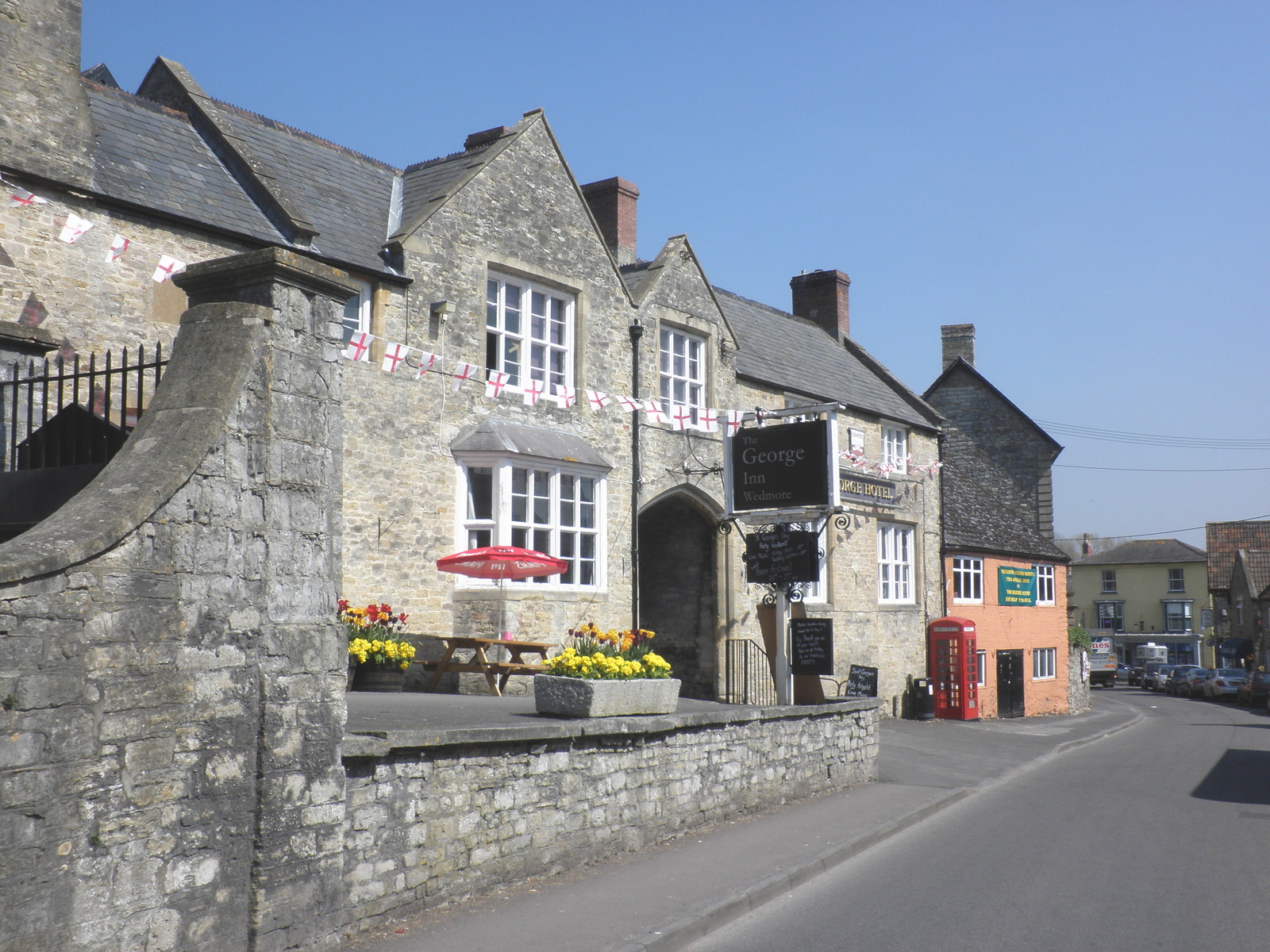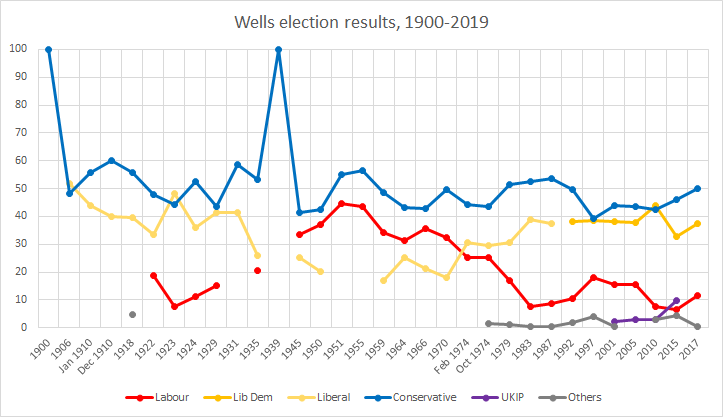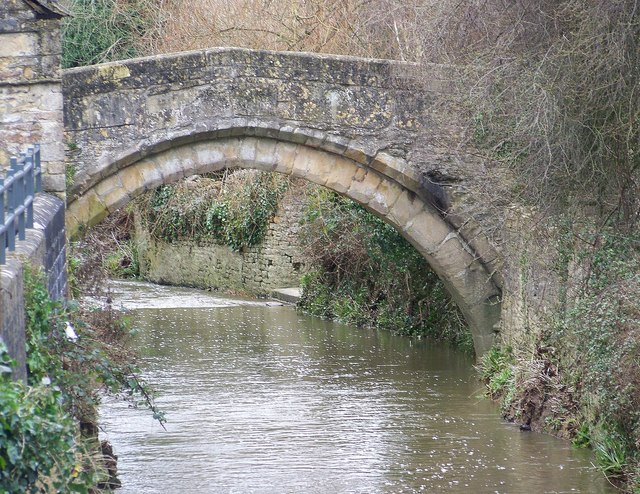|
Wedmore
Wedmore is a large village and civil parish in the county of Somerset, England. It is situated on raised ground, in the Somerset Levels between the River Axe and River Brue, often called the Isle of Wedmore. It forms part of Sedgemoor district. The parish consists of three main villages: Wedmore, Blackford and Theale, with the 17 hamlets of Bagley, Blakeway, Clewer, Crickham, Cocklake, Heath House, Latcham, Little Ireland, Middle Stoughton, Mudgley, Panborough, Sand, Stoughton Cross, Washbrook, West End, West Ham and West Stoughton. The parish of Wedmore has a population of 3,318 according to the 2011 census. Its facilities include a medical and dental practice, pharmacy, butcher's, a village store with off licence, three pubs, restaurant, café and several other local shops. It is south of Cheddar, west of the city of Wells and north west of Glastonbury. Etymology The name ''Wedmore'' in Old English is thought to mean "hunting lodge" or "hunting moor"; there was a Saxon ro ... [...More Info...] [...Related Items...] OR: [Wikipedia] [Google] [Baidu] |
Treaty Of Wedmore
The Treaty of Wedmore is a 9th-century accord between Alfred the Great of Wessex and the Viking king Guthrum the Old. The only contemporary reference to this treaty, is that of a Welsh monk Asser in his biography of Alfred, (known as Asser#The Life of King Alfred, ''Vita Ælfredi regis Angul Saxonum'' or Life of Alfred). In it Asser describes how after Guthrum's defeat at the Battle of Edington, followed by his surrender some days later, he agreed to a peace treaty with Alfred. The treaty was conditional on Guthrum's being baptised (to endorse the agreement, plus allow him to rule more legitimately over his christian vassals, while remaining pagan to his pagan vassals), and also Guthrum and his army leaving Wessex. Sources and historical context In 878 King Alfred the Great, Alfred of Wessex defeated the Viking Great Army at the Battle of Edington. Guthrum, the Viking leader, retreated with the remnants of his army to their "stronghold", where Alfred besieged him. After fourtee ... [...More Info...] [...Related Items...] OR: [Wikipedia] [Google] [Baidu] |
Treaty Of Alfred And Guthrum
The Treaty of Alfred and Guthrum is a 9th-century peace agreement between Alfred of Wessex and Guthrum, the Viking ruler of East Anglia. It sets out the boundaries between Alfred and Guthrum's territories as well as agreements on peaceful trade, and the ''weregild'' value of its people. Background In 866 the Great Heathen Army landed in East Anglia with the intention of conquering all the English kingdoms. During their campaign, the Viking army conquered the kingdoms of East Anglia, Mercia, and Northumbria and although initially, they overran the kingdom of Wessex, the Danish king Guthrum was defeated by Alfred's army at the Battle of Edington in 878. Under the terms of his surrender, shortly after, Guthrum was obliged to be baptised (to endorse the agreement, plus allow him to rule more legitimately over his Christian vassals, while remaining pagan to his pagan vassals) and then with his army leave Wessex. The agreement whereby Guthrum surrendered, was baptised and agreed to lea ... [...More Info...] [...Related Items...] OR: [Wikipedia] [Google] [Baidu] |
Somerset Levels
The Somerset Levels are a coastal plain and wetland area of Somerset, England, running south from the Mendip Hills, Mendips to the Blackdown Hills. The Somerset Levels have an area of about and are bisected by the Polden Hills; the areas to the south are drained by the River Parrett, and the areas to the north by the rivers River Axe (Bristol Channel), Axe and River Brue, Brue. The Mendip Hills separate the Somerset Levels from the North Somerset Levels. The Somerset Levels consist of marine clay "levels" along the coast and inland peat-based "moors"; agriculturally, about 70 per cent is used as grassland and the rest is arable. Willow and Dipsacus fullonum, teazel are grown commercially and peat is extracted. A Palaeolithic flint tool found in West Sedgemoor is the earliest indication of human presence in the area. The Neolithic people exploited the reed swamps for their natural resources and started to construct wooden trackways, including the world's oldest known tim ... [...More Info...] [...Related Items...] OR: [Wikipedia] [Google] [Baidu] |
Alfred The Great
Alfred the Great (alt. Ælfred 848/849 – 26 October 899) was King of the West Saxons from 871 to 886, and King of the Anglo-Saxons from 886 until his death in 899. He was the youngest son of King Æthelwulf and his first wife Osburh, who both died when Alfred was young. Three of Alfred's brothers, Æthelbald, Æthelberht and Æthelred, reigned in turn before him. Under Alfred's rule, considerable administrative and military reforms were introduced, prompting lasting change in England. After ascending the throne, Alfred spent several years fighting Viking invasions. He won a decisive victory in the Battle of Edington in 878 and made an agreement with the Vikings, dividing England between Anglo-Saxon territory and the Viking-ruled Danelaw, composed of northern England, the north-east Midlands and East Anglia. Alfred also oversaw the conversion of Viking leader Guthrum to Christianity. He defended his kingdom against the Viking attempt at conquest, becoming the dominant ruler ... [...More Info...] [...Related Items...] OR: [Wikipedia] [Google] [Baidu] |
Sedgemoor
Sedgemoor is a low-lying area of land in Somerset, England. It lies close to sea level south of the Polden Hills, historically largely marsh (or "moor" in its older sense). The eastern part is known as King's Sedgemoor, and the western part West Sedgemoor. Sedgemoor is part of the area now known as the Somerset Levels and Moors. Historically the area was known as the site of the Battle of Sedgemoor. Sedgemoor has given its name to a local government district formed on 1 April 1974, under the Local Government Act 1972, by a merger of the municipal borough of Bridgwater, the Burnham-on-Sea urban district, Bridgwater Rural District and part of Axbridge Rural District. The district covers a larger area than the historical Sedgemoor, extending north of the Polden Hills across the Somerset Levels and Moors to the Mendip Hills. On 1 April 2023 the district will be abolished and replaced by a new unitary district for the area at present served by Somerset County Council. The ne ... [...More Info...] [...Related Items...] OR: [Wikipedia] [Google] [Baidu] |
Guthrum
Guthrum ( ang, Guðrum, c. 835 – c. 890) was King of East Anglia in the late 9th century. Originally a native of what is now Denmark, he was one of the leaders of the "Great Summer Army" that arrived in Reading, Berkshire, Reading during April 871 to join forces with the Great Heathen Army, whose intentions were to conquer the kingdoms of Heptarchy, Anglo-Saxon England. The combined armies were successful in conquering the kingdoms of Kingdom of East Anglia, East Anglia, Mercia, and Kingdom of Northumbria, Northumbria, and overran Alfred the Great's Wessex, but were ultimately defeated by Alfred at the Battle of Edington in 878. The Danes retreated to their stronghold, where Alfred laid siege and eventually Guthrum surrendered. Under the Treaty of Wedmore, terms of his surrender, Guthrum was obliged to be baptism, baptised as a Christian to endorse the agreement, plus allow him to rule more legitimately over his Christian vassals, while remaining pagan to his pagan vassals and ... [...More Info...] [...Related Items...] OR: [Wikipedia] [Google] [Baidu] |
Bempstone (hundred)
The Hundred of Bempstone is one of the 40 historical Hundreds in the ceremonial county of Somerset, England, dating from before the Norman conquest during the Anglo-Saxon era, although exact dates are unknown. Each hundred had a fyrd, which acted as the local defence force and a court which was responsible for the maintenance of the frankpledge system. They also formed a unit for the collection of taxes. The role of the hundred court was described in the Dooms (laws) of King Edgar. The name of the hundred was normally that of its meeting-place. The hundred of Bempstone contained the parishes of Biddisham, Brean, Burnham, Chapel Allerton, Mark, Weare and Wedmore. The hundred covered an area of below and contained approximately 1,299 houses according to the 1831 census. The importance of the hundred courts declined from the seventeenth century. By the 19th century several different single-purpose subdivisions of counties, such as poor law unions, sanitary districts, and highw ... [...More Info...] [...Related Items...] OR: [Wikipedia] [Google] [Baidu] |
Battle Of Ethandun
At the Battle of Edington, an army of the kingdom of Wessex under Alfred the Great defeated the Great Heathen Army led by the Dane Guthrum on a date between 6 and 12 May 878, resulting in the Treaty of Wedmore later the same year. Primary sources locate the battle at "''Eðandun''". Until a scholarly consensus linked the battle site with the present-day village of Edington in Wiltshire, it was known as the Battle of Ethandun. This name continues to be used. Events before the battle The first Viking raid on Anglo-Saxon England is thought to have occurred between 786 and 802 at Portland in the Kingdom of Wessex, when three Norse ships arrived; their men killed King Beorhtric's reeve.Sawyer, ''Illustrated History of Vikings'', pp. 50-51 At the other end of the country, in the Kingdom of Northumbria, during 793 the holy island of Lindisfarne was raided. After the sacking of Lindisfarne, Viking raids around the coasts were somewhat sporadic until the 830s, when the attacks b ... [...More Info...] [...Related Items...] OR: [Wikipedia] [Google] [Baidu] |
Wells (UK Parliament Constituency)
Wells is a constituency represented in the House of Commons of the UK Parliament since 2015 by James Heappey of the Conservative Party. History The original two-member borough constituency was created in 1295, and abolished by the Reform Act 1867 with effect from the 1868 general election. Its revival saw a more comparable size of electorate across the country and across Somerset, with a large swathe of the county covered by this new seat, under the plans of the third Reform Act and the connected Redistribution of Seats Act 1885 which was enacted the following year. ;Political history The seat was largely Conservative-held during the 20th century and has never elected a Labour MP ever in its history. The only other political party to have been represented is the Liberal Democrats or their predecessor, the Liberal Party, who achieved a marginal victory in 2010, see marginal seat. ;Prominent frontbenchers Sir William Hayter was chief government whip of the Commons under t ... [...More Info...] [...Related Items...] OR: [Wikipedia] [Google] [Baidu] |
River Brue
The River Brue originates in the parish of Brewham in Somerset, England, and reaches the sea some west at Burnham-on-Sea. It originally took a different route from Glastonbury to the sea, but this was changed by Glastonbury Abbey in the twelfth century. The river provides an important drainage route for water from a low-lying area which is prone to flooding which man has tried to manage through rhynes, canals, artificial rivers and sluices for centuries. The Brue Valley Living Landscape is an ecological conservation project based on the Somerset Levels and Moors and managed by the Somerset Wildlife Trust. The valley includes several Sites of Special Scientific Interest including Westhay Moor, Shapwick Heath and Shapwick Moor. Much of the area has been at the centre of peat extraction on the Somerset Levels. The Brue Valley Living Landscape project commenced in January 2009 to restore and reconnect habitat that will support wildlife. The aim is to be able to sustain itself in ... [...More Info...] [...Related Items...] OR: [Wikipedia] [Google] [Baidu] |
Cheddar, Somerset
Cheddar is a large village and civil parish in the Sedgemoor district of the English county of Somerset. It is situated on the southern edge of the Mendip Hills, north-west of Wells, south-east of Weston-super-Mare and south-west of Bristol. The civil parish includes the hamlets of Nyland and Bradley Cross. The parish had a population of 5,755 in 2011 and an acreage of as of 1961. Cheddar Gorge, on the northern edge of the village, is the largest gorge in the United Kingdom and includes several show caves, including Gough's Cave. The gorge has been a centre of human settlement since Neolithic times including a Saxon palace. It has a temperate climate and provides a unique geological and biological environment that has been recognised by the designation of several Sites of Special Scientific Interest. It is also the site of several limestone quarries. The village gave its name to Cheddar cheese and has been a centre for strawberry growing. The crop was formerly transporte ... [...More Info...] [...Related Items...] OR: [Wikipedia] [Google] [Baidu] |
River Axe (Bristol Channel)
The River Axe is a river in South West England. The river is formed by water entering swallets in the limestone and rises from the ground at Wookey Hole Caves in the Mendip Hills in Somerset, and runs through a V-shaped valley. The geology of the area is limestone and the water reaches Wookey Hole in a series of underground channels that have eroded through the soluble limestone. The river mouth is in Weston Bay on the Bristol Channel. The river was navigable from the middle ages until 1915, during early centuries of which seeing some European trade. Geography The River Axe is formed by the water entering the cave systems and flows through the third and first chambers, from which it flows to the resurgence, through two sumps and long, where it leaves the cave and enters the open air. It is the second largest resurgence on Mendip, with an estimated catchment area of , and an average discharge of per second. Some of the water is allogenic in origin i.e. drained off ... [...More Info...] [...Related Items...] OR: [Wikipedia] [Google] [Baidu] |









